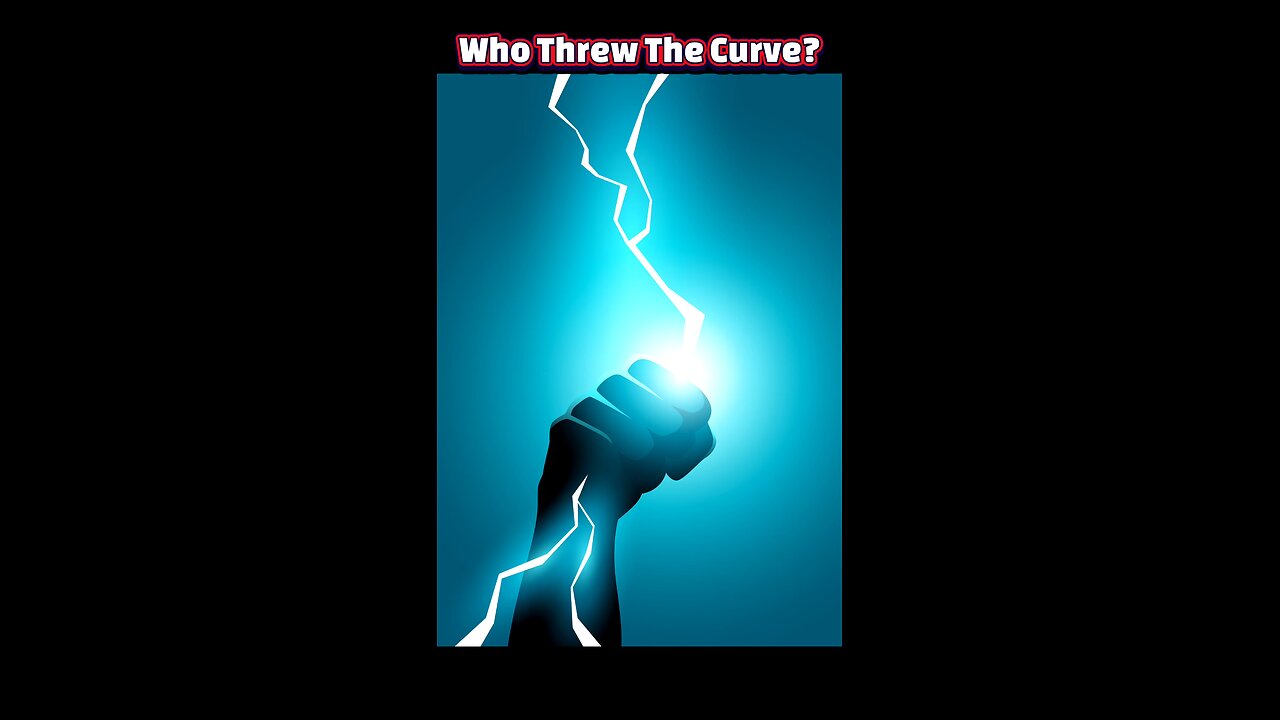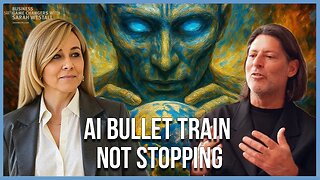Premium Only Content

Punish or Restore? The Real Story of God’s Justice
#GodsJustice #DivineJustice #RetributiveVsRestorative #RestorativeJustice #TheologyExplained #BibleStudy #FaithDiscussion #SpiritualGrowth #Forgiveness #Reconciliation #GodsMercy #JusticeAndMercy
God’s justice is often framed in human terms: punishment to show wrongdoing is wrong, a mirror of our “eye for an eye” instincts. Yet the Bible invites us to ask whether the divine character is primarily retributive—demanding exact punishment—or restorative, seeking healing and reconciliation. This tension has animated theologians and lay believers alike, challenging us to consider the balance between God’s holiness and His mercy.
Retributive justice in Scripture underscores the seriousness of sin and God’s intolerance for moral disorder. In the Old Testament law, principles like “an eye for an eye, a tooth for a tooth” (Leviticus 24:20) establish proportional accountability, ensuring wrongdoing is neither ignored nor met with excessive vengeance. These statutes reflect a God whose perfect righteousness demands that every offense be addressed in exact measure, both to uphold order and to deter future harm.
Restorative justice, by contrast, envisions God as the ultimate healer who mends broken relationships rather than merely administering penalty. The Year of Jubilee (Leviticus 25) illustrates this paradigm: debts forgiven, lands returned, families reunited. In the New Testament, Jesus embodies restoration—offering forgiveness to the adulterous woman, inviting Peter back after denial, and commissioning believers to “overcome evil with good.” This model focuses on repairing the damage of sin, reconciling offenders and victims, and renewing community bonds.
These two facets of divine justice are not mutually exclusive but complementary. The “Traditional Legal Model” views justice as satisfied only when the penalty is paid, highlighting God’s retributive side, while the “Biblical Healing Model” portrays justice as restoration to wholeness, emphasizing His restorative nature. In Christ’s atoning work, we see both: sin’s debt is paid (retribution) so that sinners can be transformed and restored to fellowship with God (restoration). Together, they reveal a God who honors justice without forsaking mercy.
Ultimately, God’s retributive and restorative dimensions converge in the cross. His holiness is upheld as sin is justly judged; His love is demonstrated as sinners are reconciled. For believers, this means embodying a justice that neither overlooks wrongdoing nor abandons the wrongdoer—extending forgiveness, seeking healing, and upholding accountability. In doing so, we echo the divine harmony of righteous judgment and compassionate restoration.
-
 LIVE
LIVE
Lofi Girl
2 years agoSynthwave Radio 🌌 - beats to chill/game to
357 watching -
 1:45:43
1:45:43
Man in America
15 hours agoThe DISTURBING Truth About Parasites — Live Q&A w/ Dr. Jason Dean
76.1K39 -
 7:13:47
7:13:47
SpartakusLIVE
11 hours ago#1 Mountain of Muscle with HUGE Legs saves your weekend from complete BOREDOMNight HYPE
45.3K1 -
 47:42
47:42
Sarah Westall
12 hours agoFreedom or Slavery? AI will Change Everything w/ Trump Senior Advisor Marc Beckman
61.7K14 -
 2:23:20
2:23:20
vivafrei
19 hours agoEp. 285: Visa Revocation No-Go! Sortor Arrested! Ostrich Crisis! 2A Win! Comey Defense & MORE!
124K116 -
 5:55:11
5:55:11
CassaiyanGaming
9 hours ago🟢LIVE - VISITING GOOB LAGOON! - Will They Rip Me Off?!? Waterpark Simulator
44.1K4 -
 5:42:21
5:42:21
EricJohnPizzaArtist
6 days agoAwesome Sauce PIZZA ART LIVE Ep. #64: Robbie “The Fire” Bernstein
49.9K2 -
 2:23:58
2:23:58
Nerdrotic
12 hours ago $20.65 earnedDeDunking the Debunkers with Dan Richards | Forbidden Frontier #119
64.5K15 -
 5:37:53
5:37:53
SlinderPigCamz
10 hours ago $2.16 earnedThe Headliners and other games W/GrinchyGamer101 (Road to 500 Followers)
27.1K -
 11:10:20
11:10:20
MrOldFart
14 hours ago $7.40 earnedLIVE - MEGABONK First Playthrough - Mr.OldFart
35.9K
